Pastel plush toys, big, bright eyes, and an avalanche of candy pink… Kawaii is everywhere, from concept store windows to social media and advertising campaigns. This style, which originated in Japan, seems to reign supreme in the collective imagination. But what lies behind this ultra-codified aesthetic?
Long perceived as a mere childish or marketing trend, kawaii is now being reinterpreted as a form of cultural reappropriation and soft power. Between identity, communities, and self-affirmation, let’s take a look at this phenomenon that combines cuteness and a societal message.
An aesthetic with deep roots
The word “kawaii” means “cute” or “touching” in Japanese. It gained currency in the 1970s, driven by figures like Hello Kitty, before becoming a true cultural movement. Beyond its graphic aspect, the concept is based on a need for protection and gentleness in a world perceived as anxiety-inducing.
This style has crossed continents and infused itself into fashion, makeup, stationery, video games, and even architecture. It offers a coherent universe dominated by pastel colors, rounded shapes, and anthropomorphic characters. Kawaii thus becomes a visual refuge, a bubble of tenderness in the face of the brutality of reality.
A gentle but real assertion of identity
Kawaii style isn’t just a decorative element. It’s also a means of self-affirmation. For many, especially Generation Z, it embodies the freedom to dress, wear makeup, and present themselves to the world without following gender, age, or career norms.
Some people choose to live in a total kawaii look as a way to assert their difference. Others draw inspiration from it occasionally, blending this aesthetic with more street or dark styles to create a hybrid personal expression. It then becomes a space for creative freedom.
View this post on Instagram
An ultra-effective marketing tool
Brands quickly understood the commercial potential of kawaii. Far from being a passing fad, it’s used as a lever for customer engagement. Packaging, mascots, collaborations with Japanese artists… it creates a form of emotional attachment and immediate recognition.
From luxury brands to cosmetics brands, all are riding this wave of colorful sweetness to reach a young, connected target audience seeking positive emotions. Kawaii has become a true influence tool, both regressive and subversive.
A universal language that spans cultures
Kawaii’s global success also stems from its adaptability. It appears in minimalist versions in Nordic countries, more exuberant in Southeast Asia, and even fused with the Y2K style in Europe. This visual language is touching because it awakens the child in everyone, while allowing for the expression of multiple identities.
More than a trend, kawaii is emerging as a new way of inhabiting the world: joyful, inclusive, and deliberately gentle in an era that may seem less and less so.


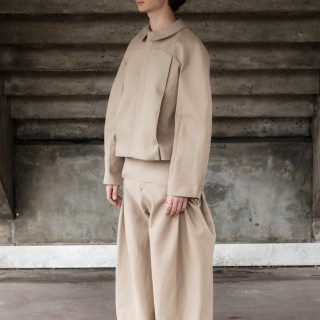
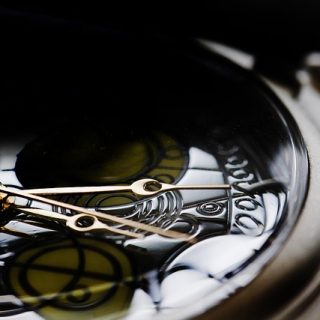



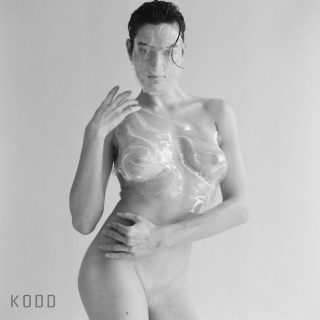




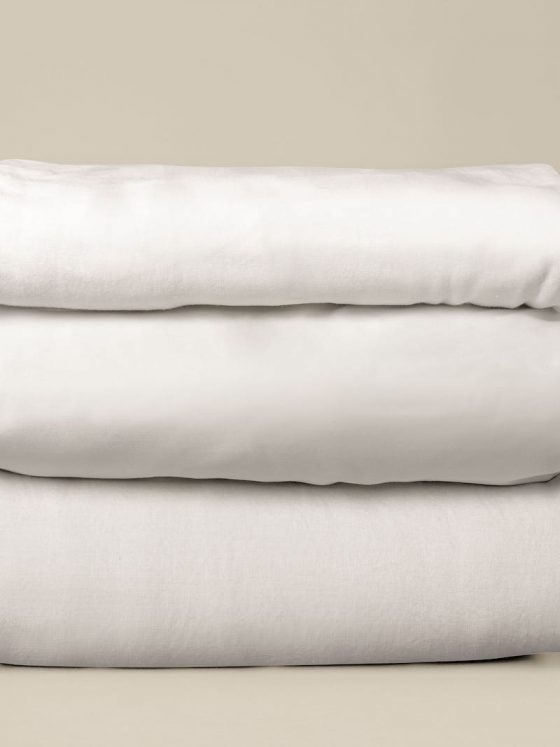
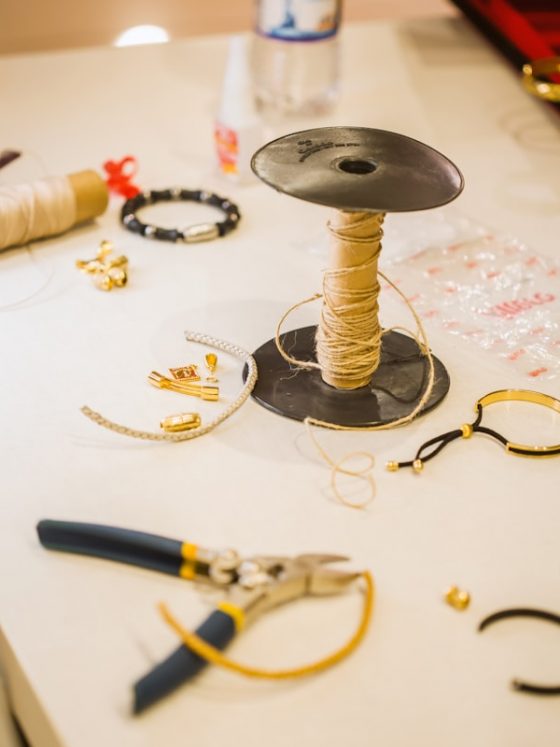

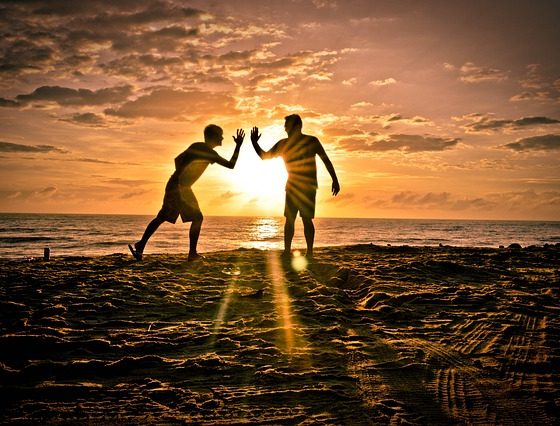
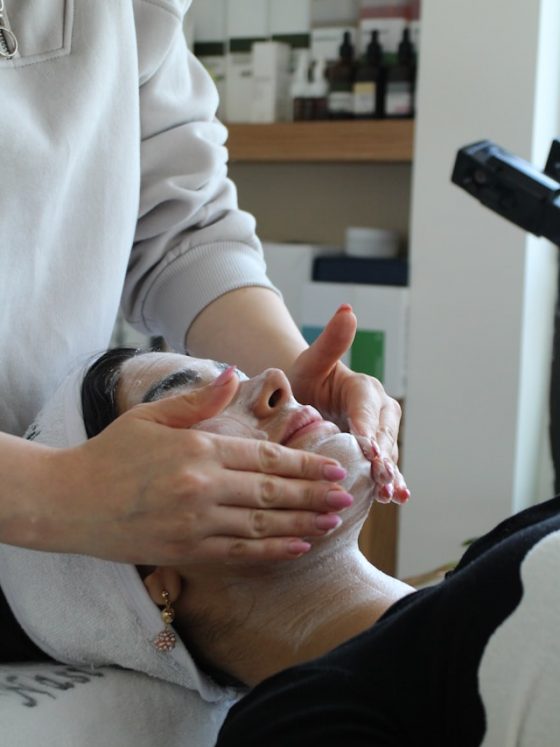

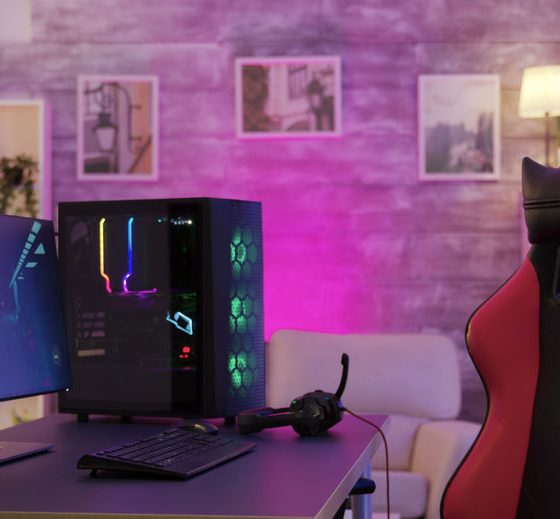

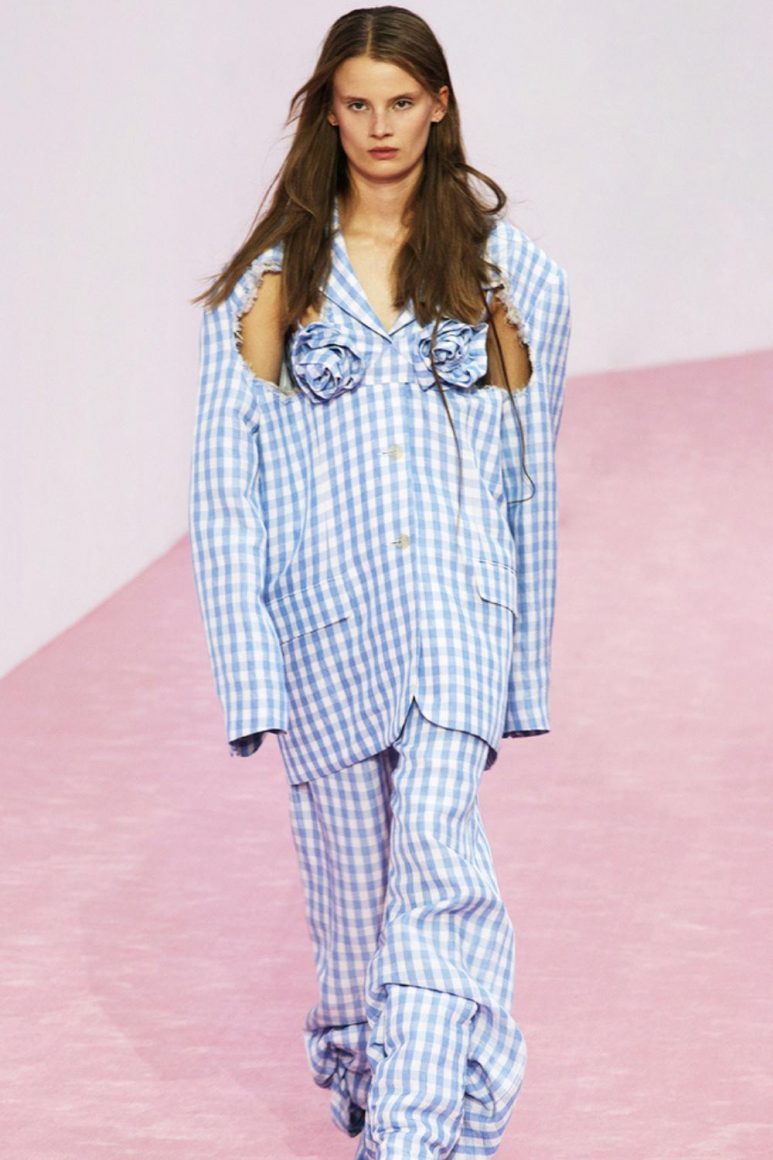
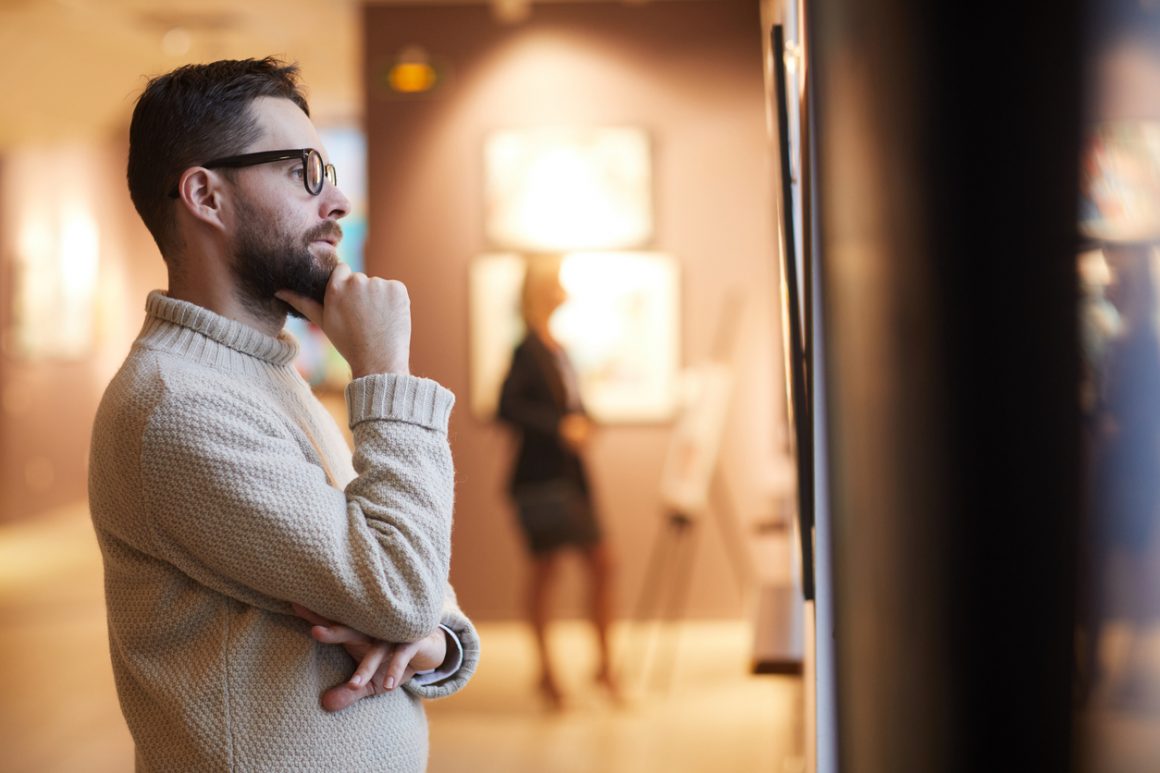
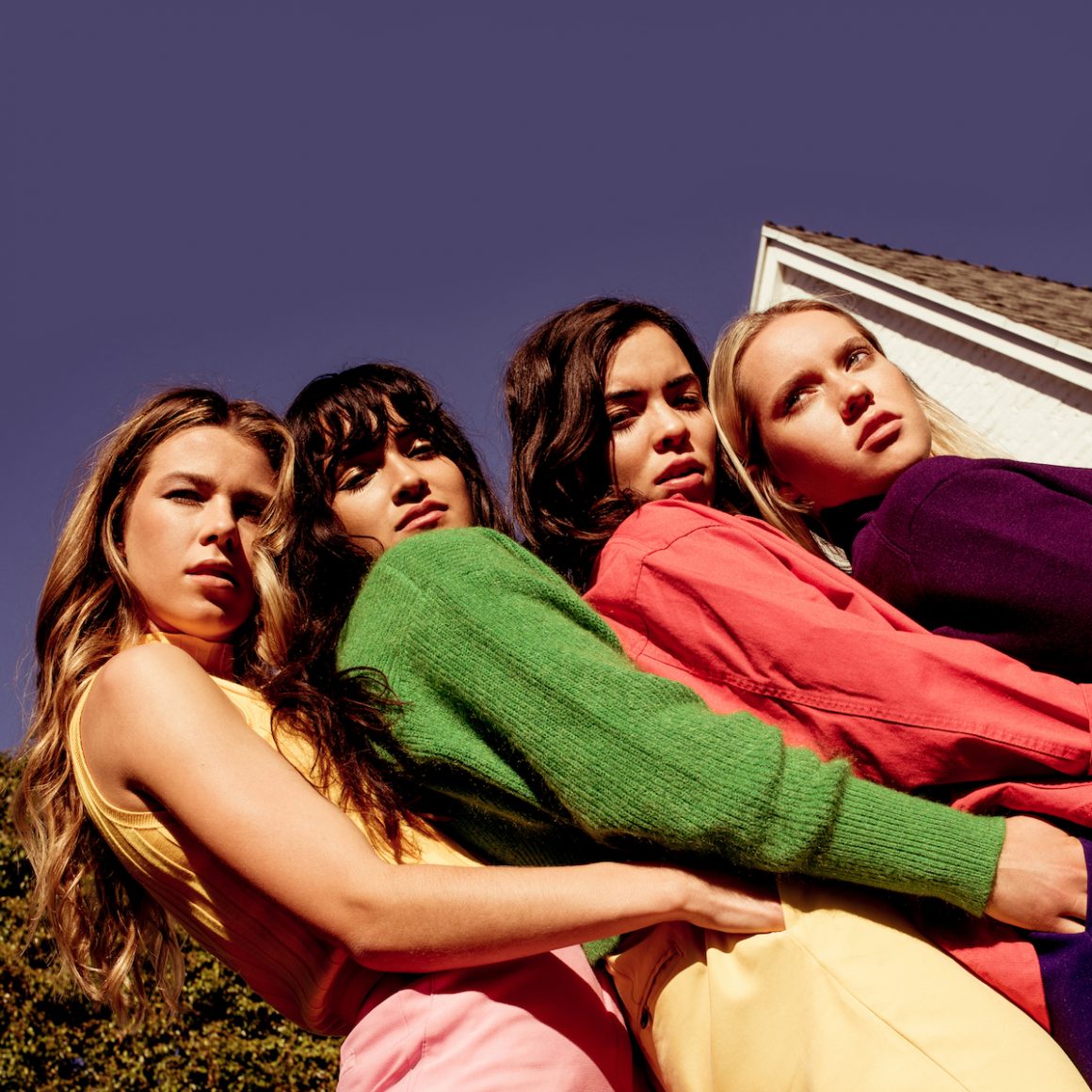
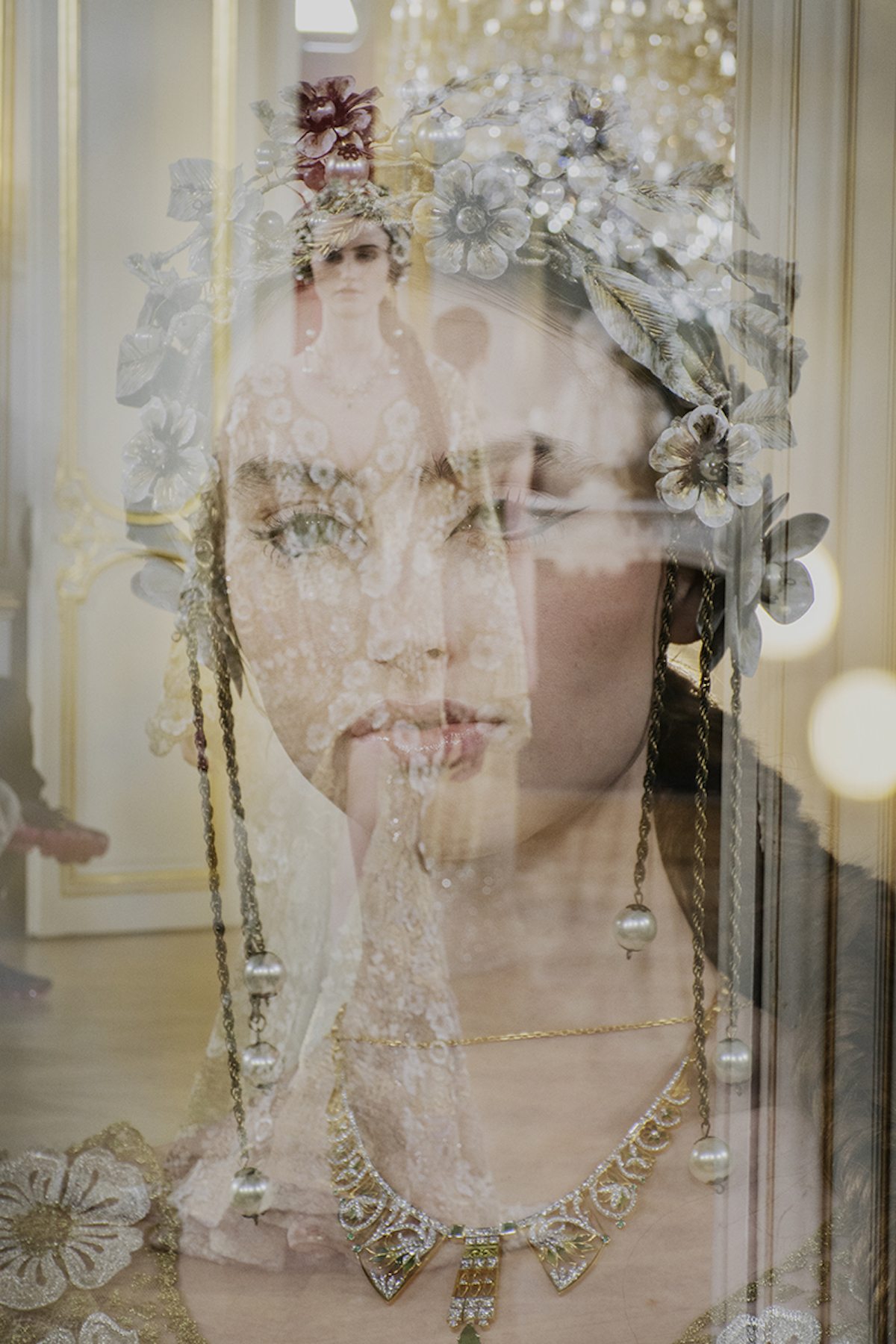

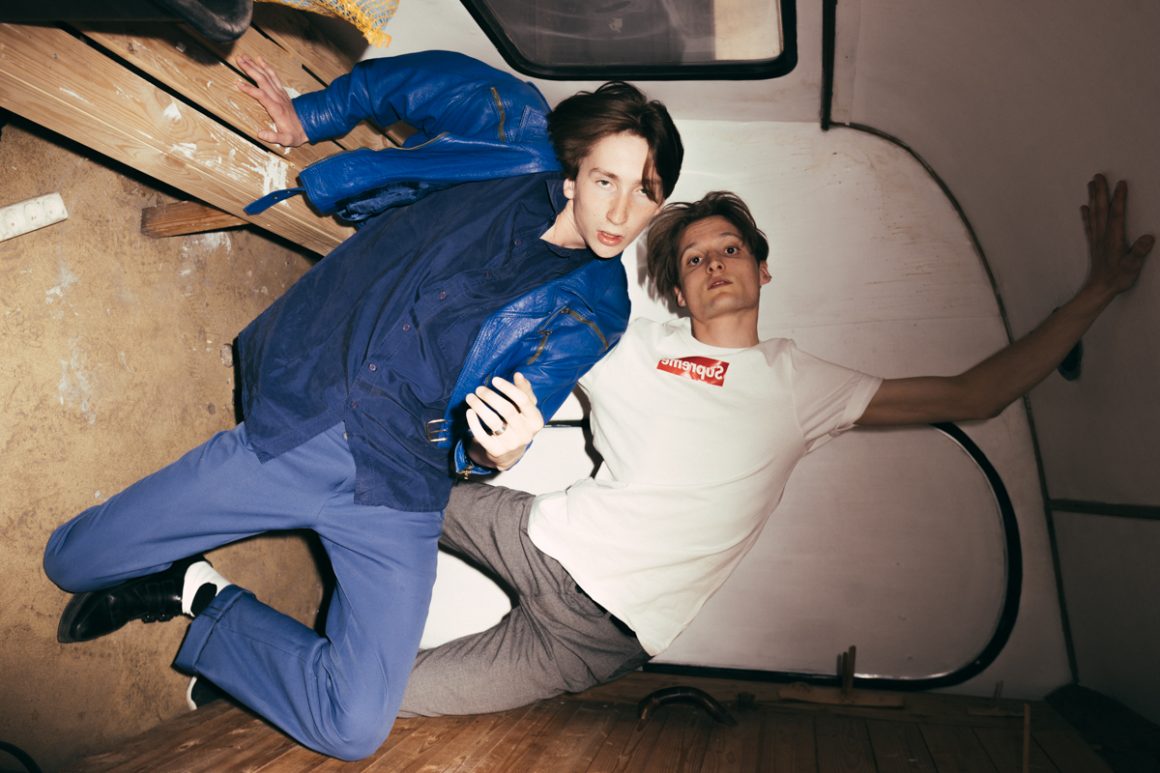
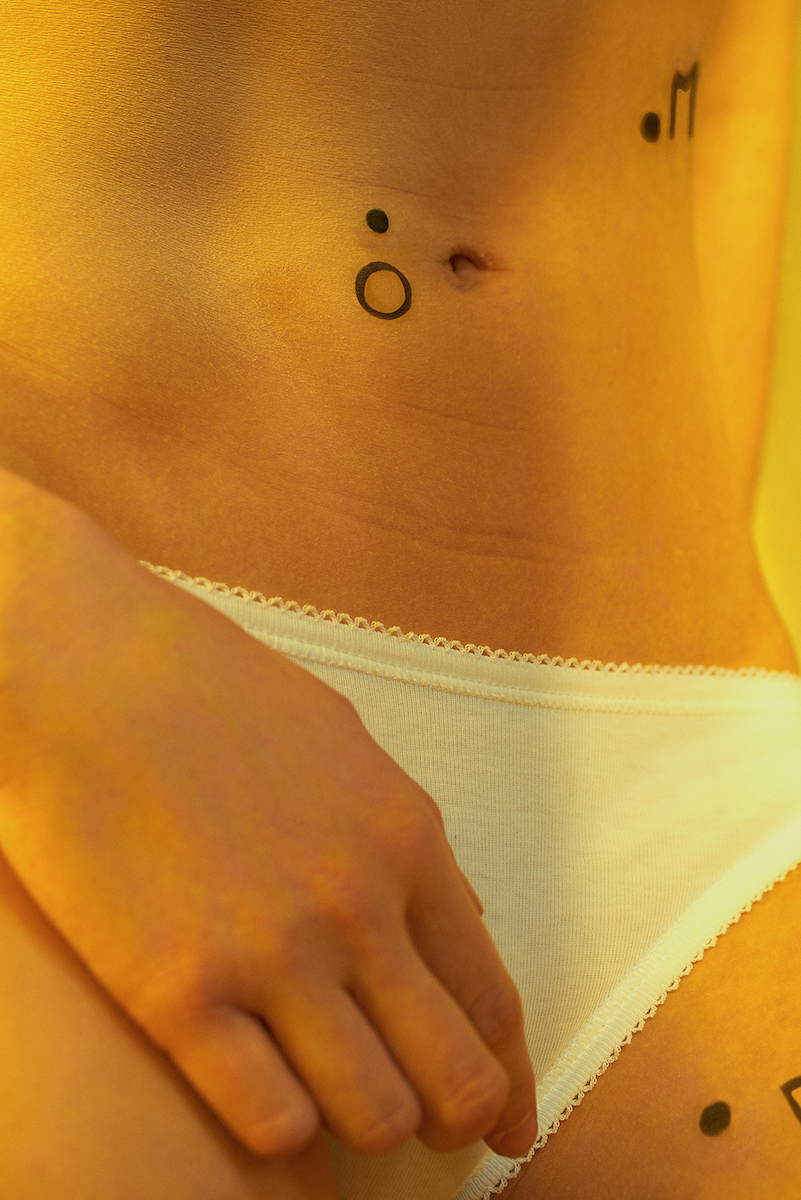
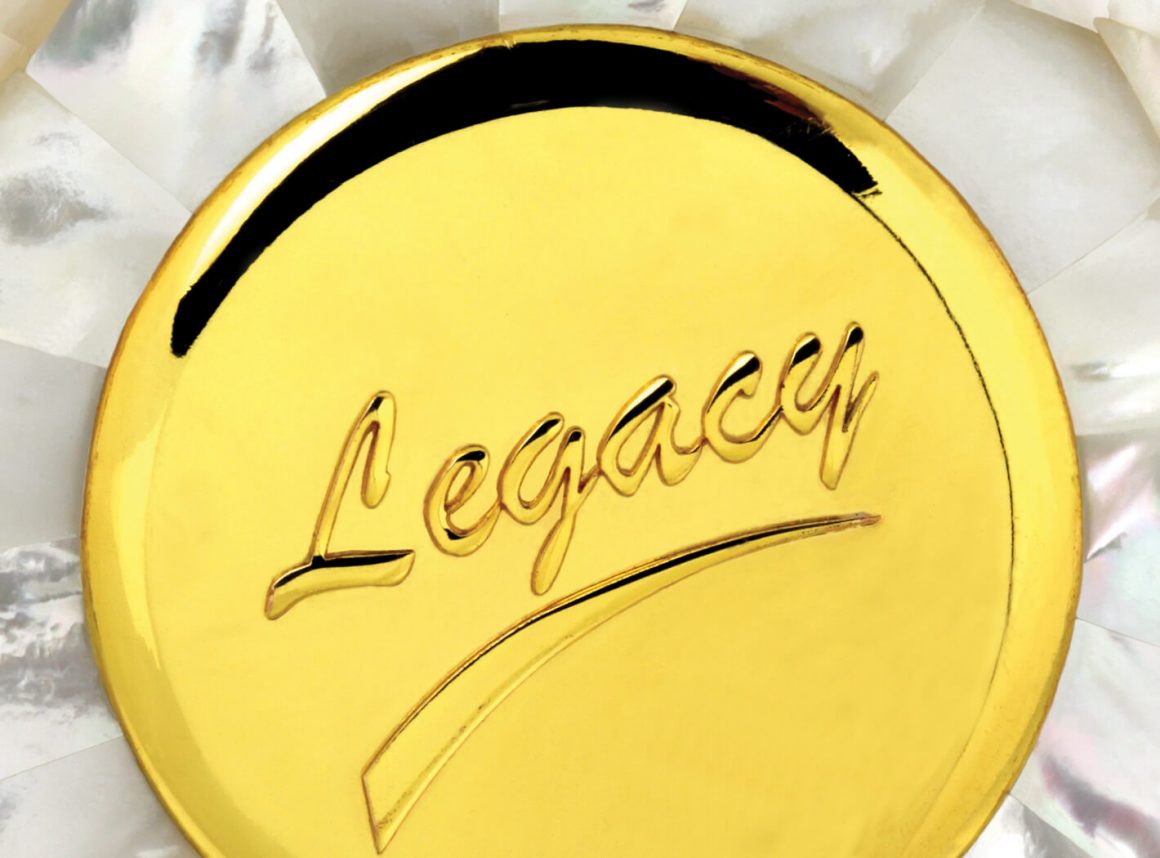
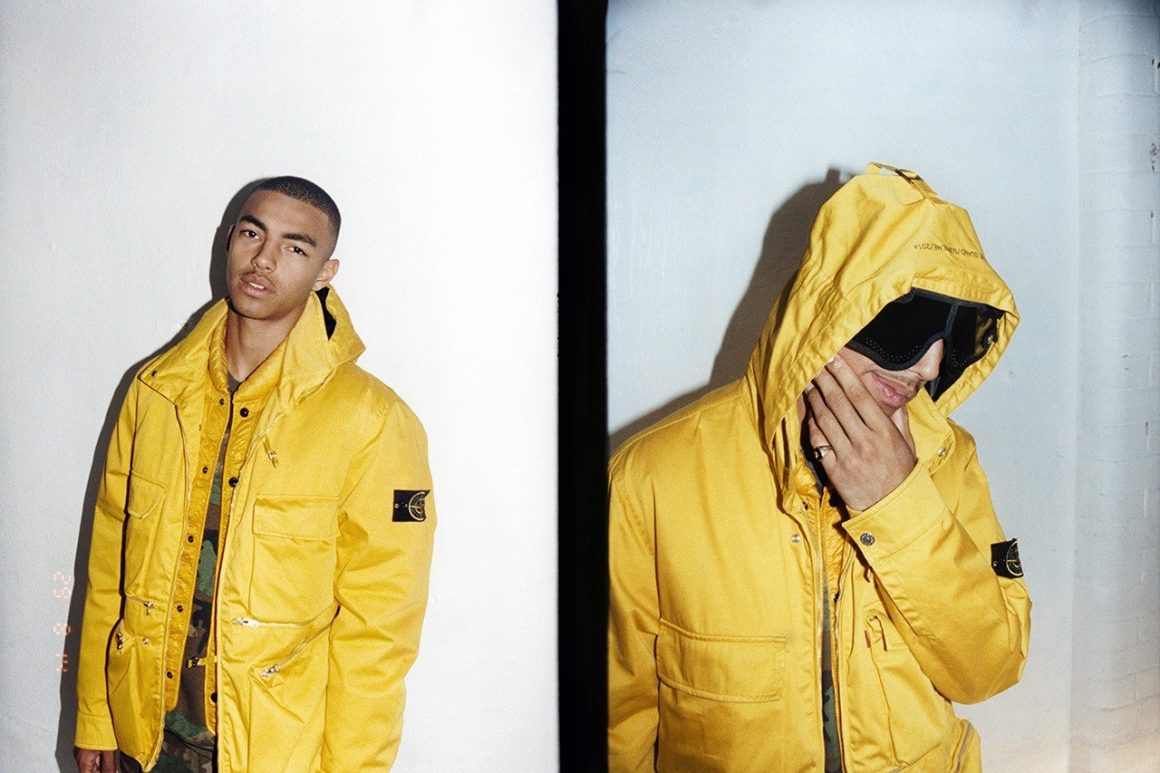
Follow us on Instagram